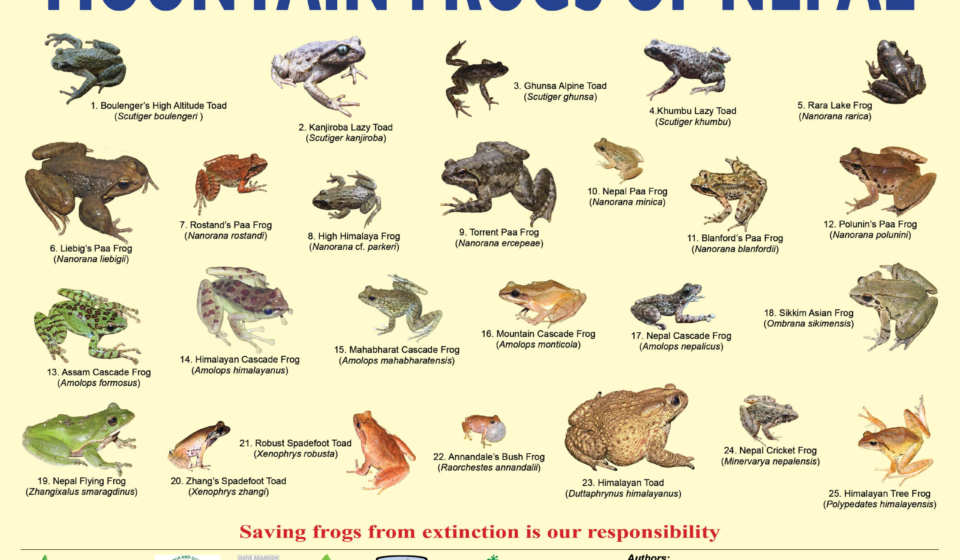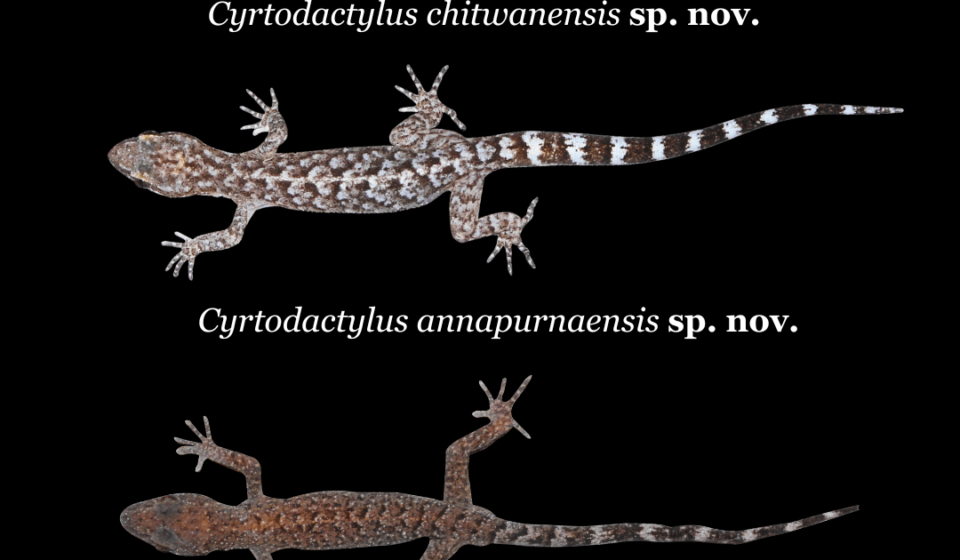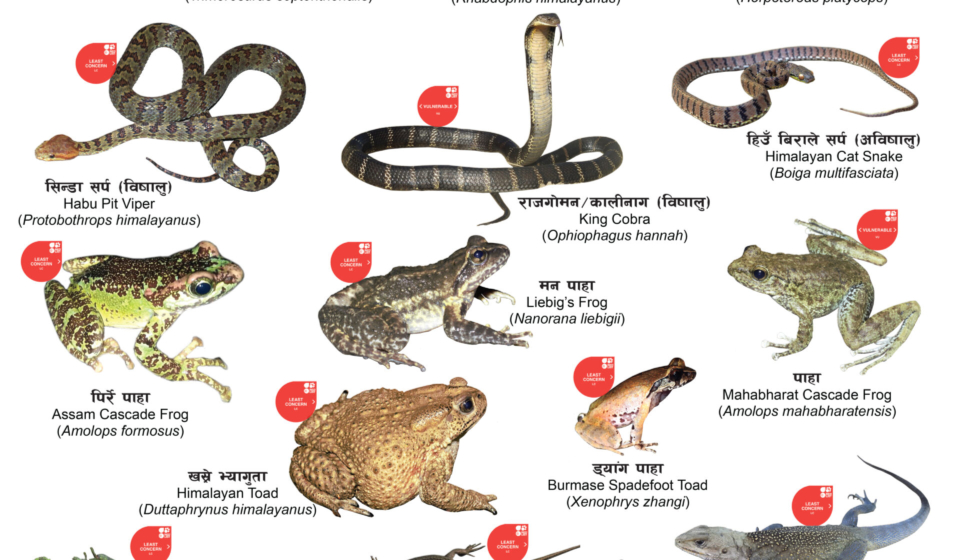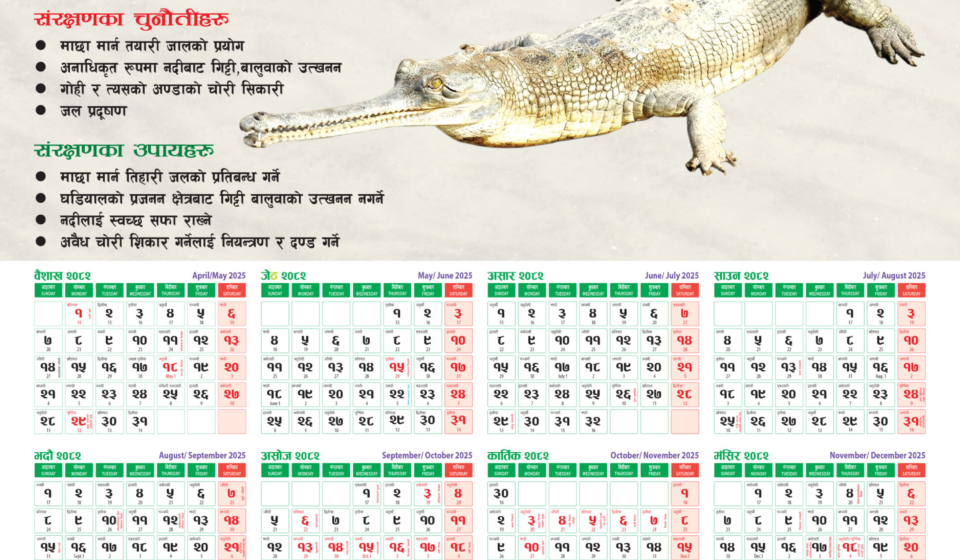Authors: H. B. Katuwal, B. P. Bhattarai, S. Regmi, S. Bhandari, A. K. Ram, B. Aryal, K. Tamang, S. Kc, A. Nepali, D. Adhikari, S. Koirala, B. D. Baral, S. Devkota, R. Gautam, D. N. Mandal, J. L. Belant, H. P. Sharma, R.-C. Quan
Abstract: Large carnivores such as leopards (Panthera pardus) experience continuing threats from habitat loss and fragmentation, depletion of prey populations, and retaliatory killing following conflicts with humans. We aimed to identify factors affecting leopard occupancy and temporal overlap between leopards and tigers (P. tigris), their major prey, and human activities in the Parsa-Koshi Complex (PKC), Nepal. We deployed 154 cameras for 21 days each along wildlife trails throughout PKC during December 2022–March 2023. We found low leopard occupancy (0.17 ± 0.04) in PKC, with greater occupancy rates within protected areas, particularly in Parsa National Park and its buffer zone. Human (63.10 ± 23) and livestock (36.46 ± 102) detections were higher across the PKC. Leopard occupancy was positively associated with the presence of tigers and prey. Temporal overlap was moderately high between leopards and tigers, as well as between leopards and their prey. Our research suggests that coexistence between leopards and tigers is likely largely facilitated by higher prey availability, which may reduce competition. Further, we demonstrate that maintaining forest cohesion can improve habitat for leopards. Intensifying use of agricultural areas could reduce forest fragmentation and increase leopard habitat overall, in turn reducing leopard depredation of livestock and improving leopard-human co-existence and conservation.
DOI: https://doi.org/10.1111/jzo.13251
Journal: Journal of Zoology
Paper link: https://zslpublications.onlinelibrary.wiley.com/doi/10.1111/jzo.13251




![Nepal[1]](https://ncrc.com.np/wp-content/uploads/2025/11/Nepal1-960x560.png)







